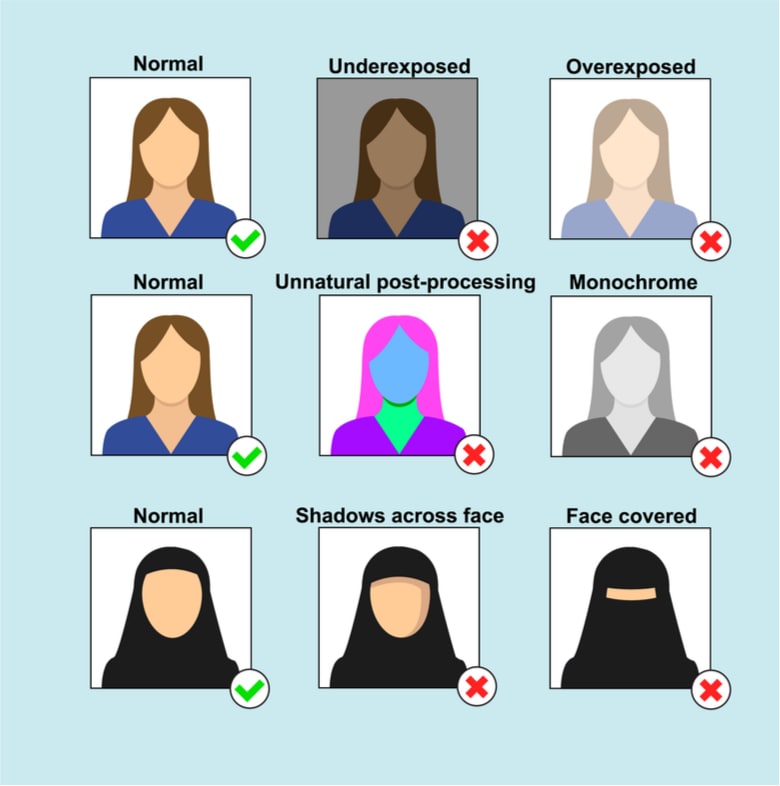So after you have printed a copy of your e-Visa, all you need to do is to fly to Vietnam. As you arrive at the airport, present your e-visa copy along with your passport to the immigration officer.

When it comes to applying for Vietnam E-visa, you can apply online at the comfort of your home or workplace or from anywhere you like. All you need to do is complete the online application form with correct personal and passport details.
Similar to visa on arrival, you will receive the E-visa in your email within two to three days after completing the application process. The difference between visa on arrival and E-visa are the visa on arrival is applicable only for air travellers. Whereas, E-visa is applicable for land, sea and air travellers. Also, the Vietnam E-visa is a 30 days single entry visa. So you can stay in Vietnam only for a maximum of 30 days in Vietnam using E-visa.
For applying Vietnam E-visa, you need various specifications and the most important among them is the photo. To get the Vietnam E-visa, you need to satisfy the precise Vietnam E-visa photo specifications. The requirements for passport photo are
It is compulsory for minors also to satisfy the Vietnam E-visa photo requirements get the visa.
So after you have printed a copy of your e-Visa, all you need to do is to fly to Vietnam. As you arrive at the airport, present your e-visa copy along with your passport to the immigration officer.
To apply for the e-visa, you just need to fill out the form online. Make a payment and wait for a confirmation.
Canadian travelers to Vietnam will be able to use the e-Visa in various ports of entry in the country. Unlike the visa on arrival that you can only use at Vietnam airports, the e-Visa can also be used in some land borders and seaports.
As mentioned, you’ll be asked to pay for the e-visa processing fees when you apply online. You can pay with your debit or credit card.
If you are still not yet convinced why the Vietnam e-visa is a better option, then here are more reasons: No need to queue at the airport when waiting for your visa stamp. No need to pay for stamping fee on arrival like visa on arrival.
There are several other types of Vietnam visa that a visitor can apply for. If you prefer the traditional method of visiting a Vietnam embassy and get a visa stamped in your passport, you can go ahead and do so.
One of the biggest benefits is, via e-visa, you can visit Vietnam via sea, land, and air. Whereas, the visa on arrival option doesn’t have this feature.